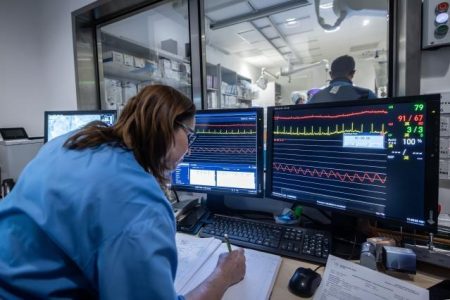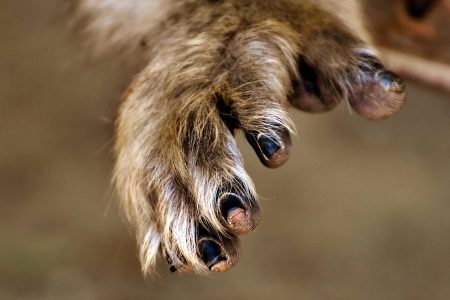A new Perspective article, just published in Nature Genetics, shines a spotlight on a transformative model for diagnosing rare diseases: Solvathons—three-day, interdisciplinary workshops that combine expert clinical interpretation with cutting-edge bioinformatics. Four Solvathons were conducted under the EU-funded Solve-RD project, each enabling collaborative analysis of complex omics datasets and altogether directly contributing to over 100 new diagnoses for patients with previously unsolved rare diseases.
Designed as a scalable and replicable method, Solvathons brought together bioinformaticians and clinicians from across Europe to interpret short- and long-read genome sequencing, RNA-seq, optical genome mapping, and methylation data in real time. The events not only solved difficult cases but also became an invaluable platform for training, knowledge sharing, and scientific networking.
“The Solvathon concept is about breaking down silos,” said Julien Gagneur, senior author of the study, Professor for Computational Molecular Medicine at the Technical University of Munich and Project Leader in ERDERA. “By offering a focused space where clinical interpreters and data analysts can work together and learn from each other, faster diagnoses are reached. The momentum from Solve-RD will now carry into ERDERA, where we plan to institutionalise Solvathons across Europe.”
ERDERA: Scaling Up Innovation in Rare Disease Diagnostics
The European Rare Disease Research Alliance (ERDERA), a co-funded European Partnership under Horizon Europe, will carry the Solvathon model forward as a central pillar of its strategy. With over 180 participating organisations and a €380 million budget over seven years, ERDERA aims to radically enhance the rare disease research and care ecosystem across Europe.
“Solvathons are more than collaborative events—they represent a model of how we can integrate the latest technologies into healthcare systems in a structured, impactful, and scalable way,” added Dr. Vicente Yépez, lead author of the study and Scientific Researcher at the Technical University of Munich. “Under ERDERA, Solvathons will evolve into a European series that supports cross-border diagnostics, connects national Undiagnosed Disease Programs, and accelerates the clinical uptake of emerging omics technologies.”
The new ERDERA Solvathon series will:
- Extend Solve-RD’s methodology to broader disease areas and underrepresented regions.
- Foster hands-on training environments for clinical and data professionals across Europe on both well-established and latest analysis tools and technologies.
- Integrate with European Reference Networks (ERNs) and national healthcare systems.
- Serve as a bridge between research and diagnostics, helping ensure patients benefit from the latest scientific breakthroughs.
“The Solvathons were a turning point in how we approach patients with unsolved rare diseases,” said Dr. Davide Mei, Paediatric Neurogeneticist at Meyer Children’s Hospital IRCCS in Florence and participant in all four Solvathons. “Working closely with analysts on real-time data from our patients helped us to achieve diagnoses that would have been nearly impossible otherwise.”
“As an interpreter, these workshops were a fantastic opportunity to bring together the knowledge of truly multidisciplinary teams. They enabled us to easily navigate complex data, allowing for efficient analysis while gaining confidence in the use of emerging technologies” added Berta Estévez Arias, researcher at the Sant Joan de Déu Research Institute in Barcelona. “They also helped build a network of experts I still consult today.”





